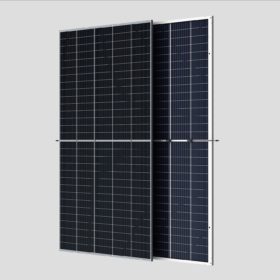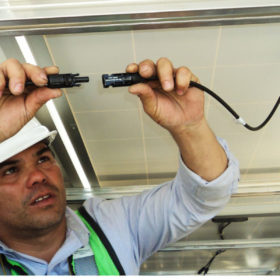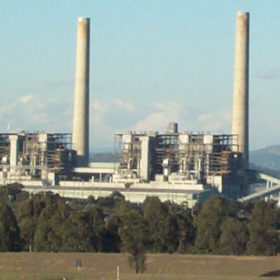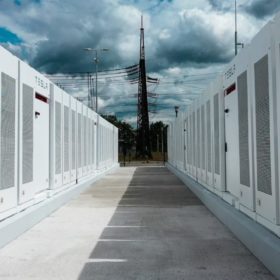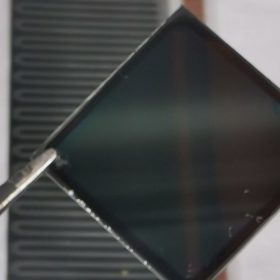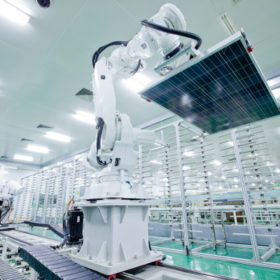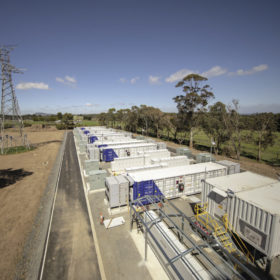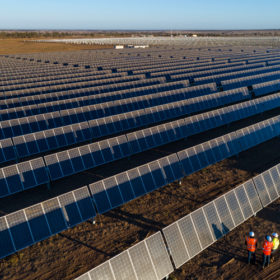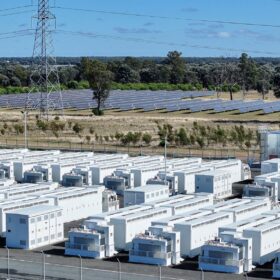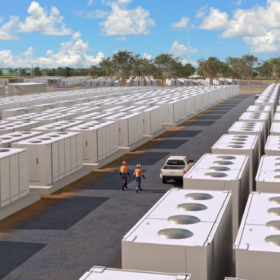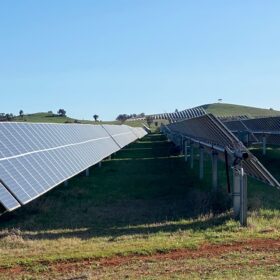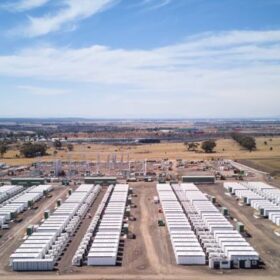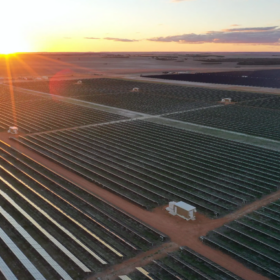Trina Solar doubles down on PV 5.0
Trina Solar’s two new bifacial solar modules are touted as a “game changer,” not only for utility-scale projects, but for commercial and industrial developments as well. PV innovation continues to reduce costs and improve performance, but Australia’s outdated infrastructure is doing its best to slow the transition down.
Short-term symptoms
The COVID-19 outbreak has disrupted the global PV supply chain. China, the largest manufacturing hub for solar products, has postponed factory openings in many regions, as it has been hit by logistical hiccups, staff shortages, and delivery delays. Manufacturers in some Chinese provinces are running under capacity, while those overseas are facing the same situation.
BNEF lowers 2020 global PV outlook due to coronavirus concerns
Many solar factories in China are starting to resume production, suggesting that concerns about supplies of PV components could soon begin to ease. Nevertheless, the temporary standstill will have an impact on the global solar market, as the implementation of some projects will probably be postponed until next year.
Coal developers risk half a trillion dollars down nonrenewable drain
A new report from financial think-tank Carbon Tracker has found that coal developers risk wasting more than $600 billion due to stubborn resistance to the already cheaper electricity resources provided by renewable energies worldwide. The report finds, in short, that a new coal plant is about as prudent an investment today as a Clydesdale and cart.
Solar-powered trees for cool spots in urban hot spots
A Japanese consortium has started producing solar-powered ‘urban furniture’. The result is a solar-plus-battery bench with cooling elements and vaporizers.
Evaluating battery chemistries for grid-level storage
Researchers in China have ranked some of the most commonly used battery chemistries according to parameters deemed important for grid-level storage. The team gave a score in each category and determined a winner – and it wasn’t lithium-ion.
International consortium claims 25% efficiency for flexible CIGS solar cell
Researchers led by Belgian institute imec claim to have achieved the result with a 1cm² flexible thin-film cell intended for building-integrated PV application. The result tops the 24.6% efficiency the consortium announced in September 2018. The cell’s developers are now aiming for 30%.
Jinko Solar the world’s biggest module provider again in 2019
The solar giant shipped 14.2 GW of modules last year, up 33% on 2018 for the high-water mark of another year dominated by Chinese manufacturers.
Coronavirus could cost Chinese battery makers 26 GWh of output
WoodMac analysts say the amount of new battery manufacturing capacity added in the nation this year could fall by as much as 10% because of the outbreak. With Tesla’s Shanghai gigafactory affected by the extended new-year-holiday shutdown, the analyst warned of potential supply shortages for Australia and the U.S. and U.K.
Total to buy 50% stake in Adani Group’s 2.1 GW solar portfolio
The French oil and gas giant—which is already a partner in Adani’s natural gas business—will now invest US$ 510 million to buy 50% stake in 2,148 MWac operating solar power projects owned by Adani Green Energy Limited.
